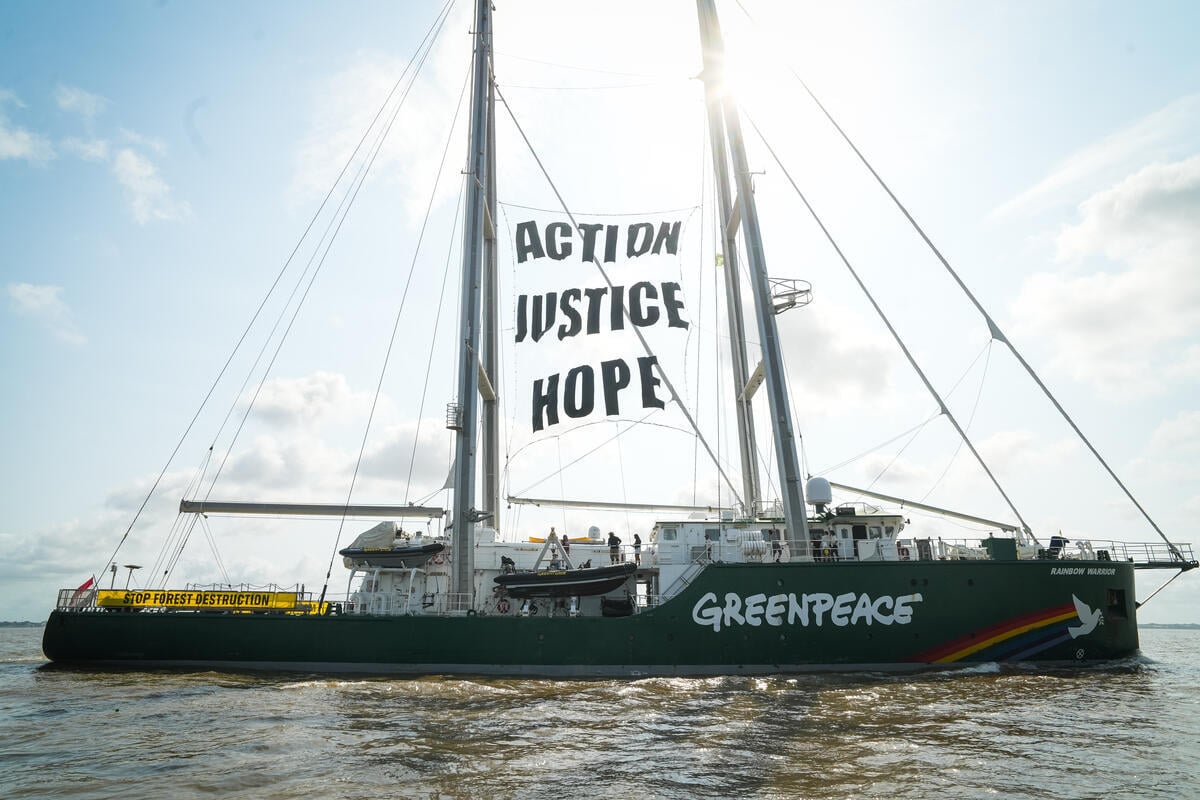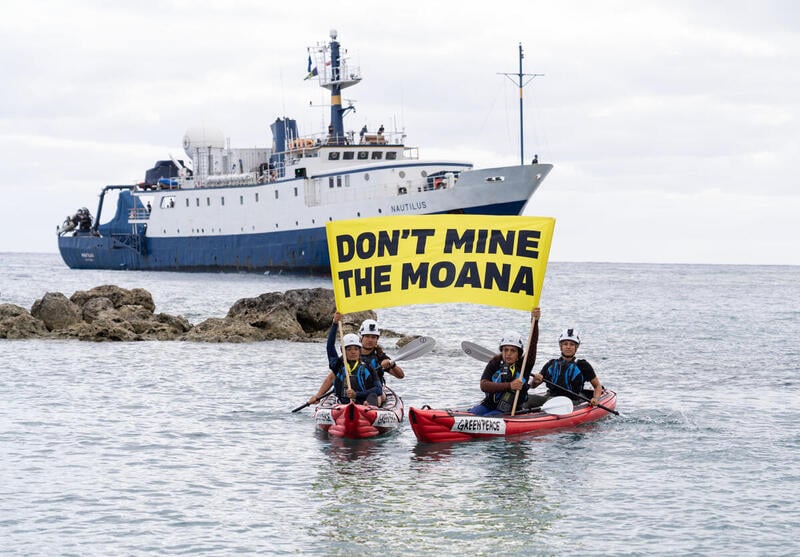Like the name suggests the draft Fisheries Industry Transformation Plan is an industry focused and led plan that’s being pitched as a kind of long-term vision for the fishing sector.
It sets out to tackle three main areas which include strengthening environmental performance, improving profitability and supporting people who work in the fishing industry and is currently out for public consultation.
It’s interesting to note that out of the 11 strong “leadership group” who created the plan – seven are fishing industry leaders, one is a union rep, two are government officials, and just one is from an environmental organisation.
Public submissions are open till June 11 and can be made here.
What’s wrong with the draft Fishing Transformation Plan?
Despite its name, very little about the draft Fisheries Industry Transformation Plan is actually transformative – especially as it does nothing meaningful to address the threat of destructive bottom trawling.
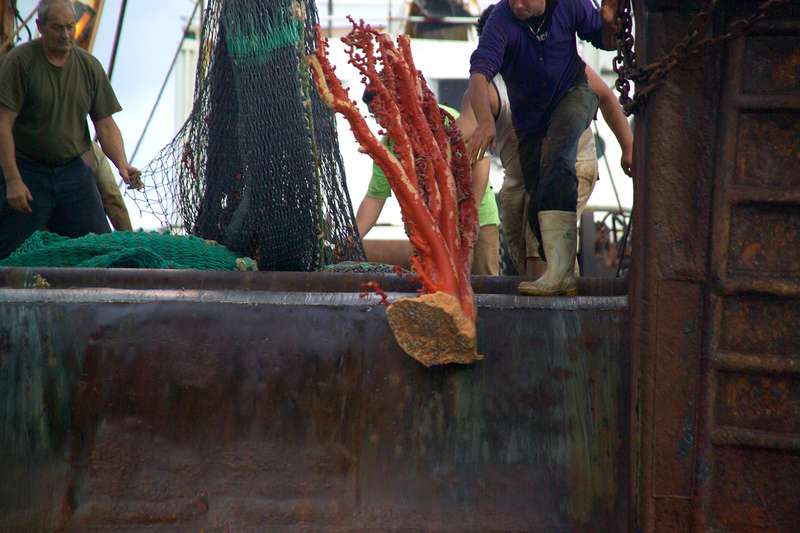
It doesn’t commit to banning bottom trawling
Bottom trawling is one of the most destructive and indiscriminate fishing methods, bulldozing the seafloor with heavily weighted nets and destroying marine habitats, as well as netting large amounts of ‘bycatch’ – including coral and endangered seabirds and marine mammals.
In its current form, the plan makes no mention of banning bottom trawling or any timeline for transitioning away from bottom trawl methods.
Instead, it relies on future ‘techno fixes’ that will supposedly reduce the harm to the seafloor and fish with more precision.
The problem? The technology is not tried and tested. If it is even possible to ‘reform’ the destructive method of bottom trawling – we are years, if not decades, away from seeing it come into force, and in the meantime – the ocean will continue to be destroyed by trawlers.
It also proposes using government money to buy new fishing vessels
The plan also includes a proposal that would see government (public) money used to fund new vessels for the commercial fishing fleet. The proposal in the plan is to spend millions on this. Officials could not confirm that this money would not be spent on new trawlers.
A truly transformative plan would protect the ocean for the future for everyone – not just industry – and put ocean health first by including clear goals and deadlines for getting trawl nets off the seafloor.
It should not lock New Zealand into trawling well into the future, by throwing millions of dollars of public money at new trawl vessels.
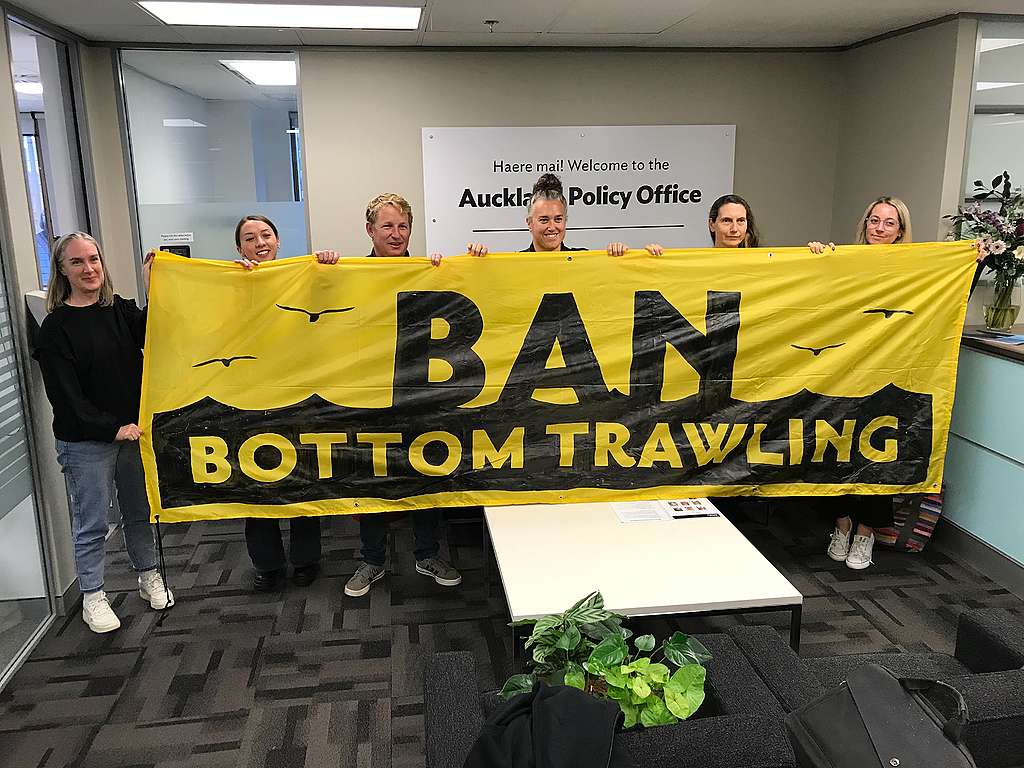
What’s so bad about bottom trawling?
We know that commercial fishing is the single greatest threat to ocean health, and bottom trawling is the worst of the worst – a highly destructive and indiscriminate fishing method that harms marine habitats and life.
Read more: What is bottom trawling and why is it bad for the environment?
When a trawler drops its large, heavy net it is pulled across the seafloor, often over great distances. The net can’t discriminate what it’s touching and bulldozes everything in its path, including slow-growing coral and bryozoans, which are the building blocks of ocean life.
The large nets don’t just catch the fish they are targeting, they also scoop up any marine life in the way, including sharks, seabirds, dolphins and sea lions.
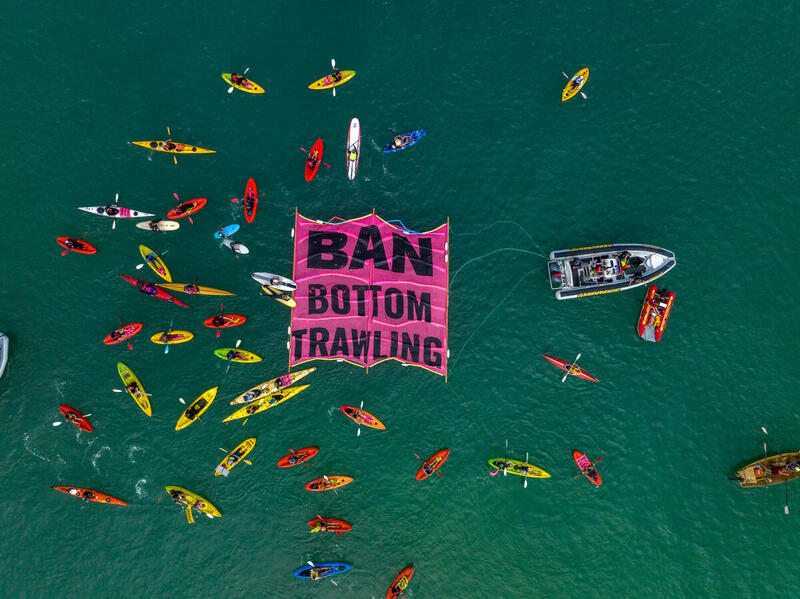
The cost of bottom trawling
In the 2021-2022 fishing year, which is the most up-to-date full year data we have, over 10,000kg of coral and bryozoans were pulled up by the commercial fishing industry -mostly by trawl nets. In the same time period, commercial fishing killed almost 800 birds – including endangered hoiho and albatross – and mammals.
What’s even more shocking, is that that data is only the self-reported numbers from commercial fishers. Because we don’t have a comprehensive cameras on boats programme, and observer coverage is so low – we know that the amount of ocean life impacted by commercial fishing is likely far higher. A previous study has shown that having observers or cameras on boats increased reporting of bycatch by eight times. So the numbers above, shocking as they are, are not the full picture.
A healthy ocean means banning bottom trawling
If we are serious about protecting the ocean for the future we need the government to ban bottom trawling, starting from where it does the most damage:
- on richly biodiverse seamounts, targeted by trawlers in the deep sea
- In fragile inshore areas such as the Hauraki Gulf.
Keeping trawl nets off the areas that provide homes and breeding grounds for fish and support an abundance of marine life, such as seamounts, should be a priority. Along with areas like the Hauraki Gulf marine park, where trawling has contributed to ecological collapse.
But the plan says it is “strengthening environmental performance”
The wording sounds good, but it’s important to look at the details.
When “supporting healthy ocean ecosystems” is mentioned in the plan, it only talks about technological fixes and investing in innovation.
There is no mention of what could and should be done immediately – stop bottom trawling – or any time frame for transitioning away from this known destructive practice.
Research shows that when trawling is removed, ocean life can recover. So we’ve got to start now.
Is there anything good in the draft Fisheries Industry Transformation Plan?
We support the proposal to address barriers to the regular and timely release of the data that is collected by fishers.
Clear, timely and transparent data is essential for ocean health because it shows what species are being accidentally caught as ‘bycatch’ and would allow for better decision-making when it comes to ocean protection. It would also allow for faster action – such as closing a fishery once a certain limit is reached.
Moreover, the ocean matters to us all, and so we all have a right to know the impact this industry is having on the moana. This data should be readily available, not hidden.
What happens next?
Right now, the draft plan is out for public consultation, with public submissions due by June 11.
There have been meetings around the country, and several more still to come later this month, including online.
What you can do
Anyone can make a submission on the draft Fisheries Industry Transformation Plan.
You can read the full plan or the one-page summary and you can find out how to make a submission here.
There are three main options:
- Fill in the survey
- Fill in a submission form and email it
- Attend a meeting
If you want to help – take five minutes to write a submission, or answer the questionnaire. You don’t have to answer every question – just make it plain that you want more decisive and measurable action to protect the ocean – like bottom trawling restrictions, and deadlines for a total phaseout of bottom trawl nets on the seabed.
The vast majority of New Zealanders oppose bottom trawling
Polling shows that the vast majority of New Zealanders oppose bottom trawling – with 84% wanting it gone from the Hauraki Gulf, and almost 80% agreeing it should be banned on seamounts.
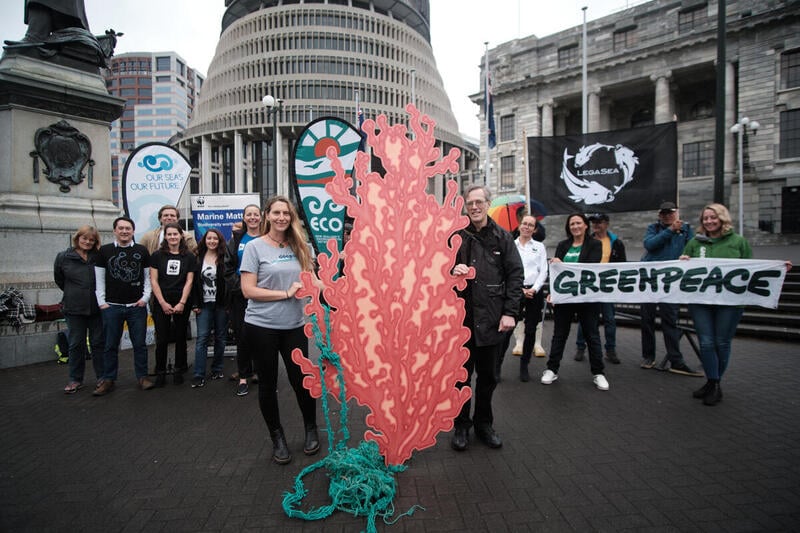
Over 80,000 people have signed petitions, including one from Greenpeace, calling for an end to bottom trawling on seamounts, and over 9,000 have signed this petition calling for a ban on trawl methods in the Hauraki Gulf.
The public will for change is clear – now is the time for the government to act! A truly transformational fishing plan would put an end to bottom trawl methods.
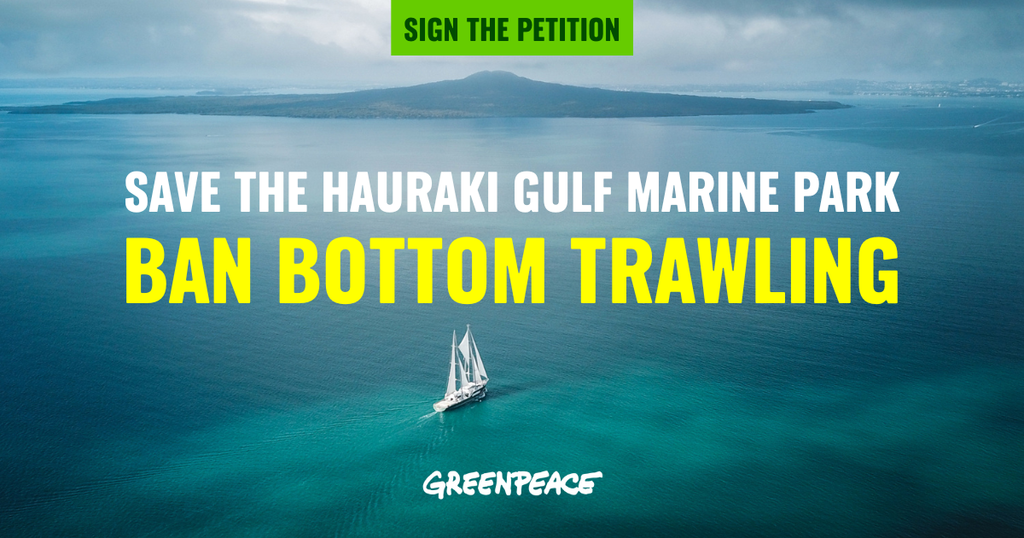
Call upon the Minister for Oceans and Fisheries to ban all forms of mobile bottom-contact fishing including bottom trawling, scallop dredging and Danish seining within the Hauraki Gulf Marine Park.
Sign the petition

